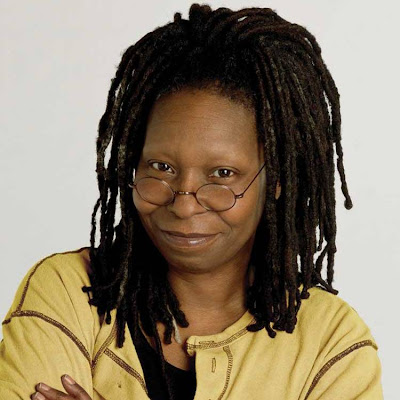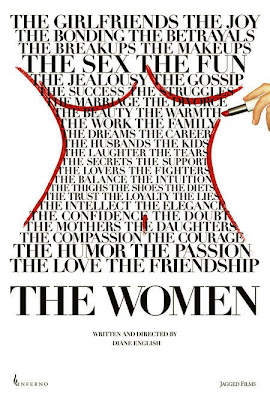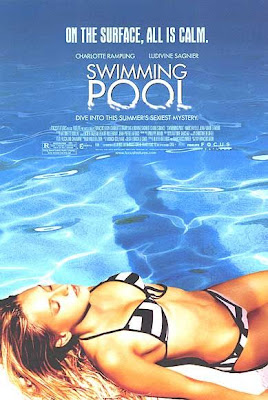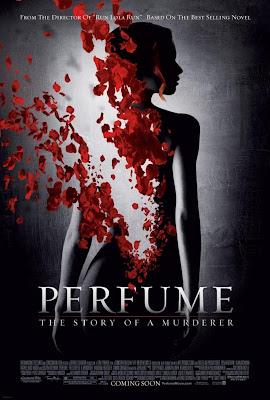Golden Globes (Hollywood Foreign Press Association)
Best Motion Picture – Drama
Black Swan
The Fighter
Inception (check out our review here)
The King’s Speech
The Social Network (check out our Roundup here)
Best Performance by an Actress in a Motion Picture – Drama
Halle Berry – Frankie and Alice
Nicole Kidman – Rabbit Hole
Jennifer Lawrence – Winter’s Bone
Natalie Portman – Black Swan
Michelle Williams – Blue Valentine
Best Motion Picture – Comedy or Musical
Alice in Wonderland
Burlesque
The Kids Are All Right
Red
The Tourist
Best Performance by an Actress in a Motion Picture – Comedy or Musical
Annette Bening – The Kids Are All Right
Anne Hathaway – Love and Other Drugs
Angelina Jolie – The Tourist
Julianne Moore – The Kids Are All Right
Emma Stone – Easy A
Best Performance by an Actress in a Supporting Role
Amy Adams – The Fighter
Helena Bonham Carter – The King’s Speech
Mila Kunis – Black Swan
Melissa Leo – The Fighter
Jacki Weaver – Animal Kingdom
No women were nominated for Best Director–Motion Picture, though Lisa Cholodenko was nominated (along with her co-writer) for Best Screenplay–Motion Picture. Women, as has become the norm, seem to do better in television categories. See the complete list of Golden Globe nominees here.
Film Independent Spirit Awards (IFC)
Best Feature
127 Hours
Black Swan
Greenberg
The Kids Are All Right
Winter’s Bone
Best Director
Darren Aronofsky – Black Swan
Danny Boyle – 127 Hours
Lisa Cholodenko – The Kids Are All Right
Debra Granik – Winter’s Bone
John Cameron Mitchell – Rabbit Hole
Best Screenplay
Lisa Cholodenko, Stuart Blumberg – The Kids Are All Right
Debra Granik, Anne Rosellini – Winter’s Bone
Nicole Holofcener – Please Give
David Lindsay-Abaire – Rabbit Hole
Todd Solondz – Life During Wartime
Best Female Lead
Annette Bening – The Kids Are All Right
Greta Gerwig – Greenberg
Nicole Kidman – Rabbit Hole
Jennifer Lawrence – Winter’s Bone
Natalie Portman – Black Swan
Michelle Williams – Blue Valentine
Best Supporting Female
Ashley Bell – The Last Exorcism
Dale Dickey – Winter’s Bone
Allison Janney – Life During Wartime
Daphne Rubin-Vega – Jack Goes Boating
Naomi Watts – Mother and Child
I think it’s a notable difference that 2 out of the 5 nominees in the directing category are women, and 3 out of the 5 screenplay nominees are women. Click here for the complete list of nominees.




























